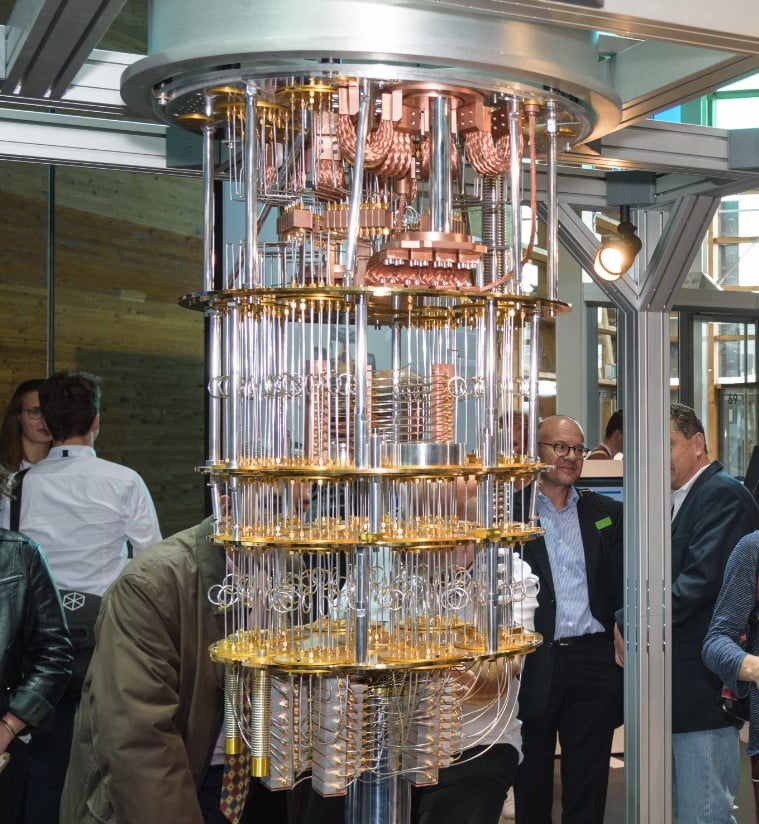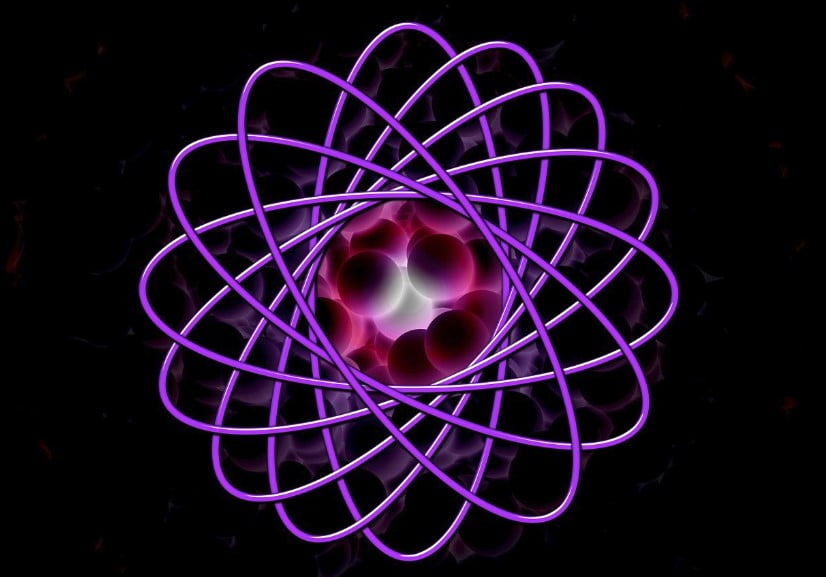All the buzz about scaling quantum computers will make more sense if you understand that the latest generation of computers has models. Yes, there are three models of quantum computing (QC) systems: Quantum Annealer, Analogue Quantum Computer, and Universal or Gate-based Quantum Computers.
However, Quantum Annealer and Universal or Gate-based Quantum Computers are the most popular models today. That said, this article will shed light on Gate-based Quantum Computers and equip you with a simple terms to help understand What is Gate Based Quantum Computing is.
The gate-based model of quantum computers is by far the most complex to build because it is the most powerful type. Computer engineers estimate that it will have about 10,000 qubits, meaning that operating this type requires a huge amount of energy.

Another key feature that enables this machine to optimally operate is cryogenic cooling. Cryogenic cooling is the type of freezing method that directly uses refrigerants, such as liquid nitrogen or solid carbon dioxide. For the QC system of the gated model to be efficient, its temperature must be in absolute zero kelvin.
How Does the Gate-based QC System Work?
In the universal gated model, data is stored in qubits. The data is stored as strings of commands such as Write all possible values into its register simultaneously, entangle two qubits, etc. To run programs as a sequence of commands in this model, you must keep the information alive and active for a long time. This is usually difficult to achieve because the moment qubits interact with the large classical environment, chances are that they will lose their quantum properties.
To make matters worse, you cannot totally isolate the qubits from that environment. This is one of the reasons why the gated type is exposed to errors, which reduce its efficiency (or the ability to accurately run programs or strings of command).

Hence, today’s qubits are difficult to control and are prone to errors. To address this failing, quantum error correction (QEC) is used to identify and fix the errors. Despite that, as more units are added to scale up the system, it becomes even harder to control and fix the errors. In a nutshell, to design a QC system that solves real-world problems that today’s classical computers cannot solve, it must satisfy these criteria: A physical qubit isolated from its environment, a fault-tolerant architecture that supports logical qubits, as well as universal gates, measurement of logical qubits and initialization.
What’s more, depending on the nature of hardware used and the type of algorithm you want to run on QC systems, you will need thousands of physical qubits to support a single logical qubit. But then, one single logical unit is not enough to tackle complex problems and calculations or achieve something meaningful with these next-gen computers. In summary, building a QC system is a big challenge.
Building and Scaling Qubits Using Superconductors
Quantum technology developers need to build qubits of QC systems in a scalable way. This way, the engineers can develop the technology further and improve its performance. To this end, the system must have a physical qubit layer and a logical qubit layer. The physical layer provides an error correction mechanism and has a physical quantum processor, which houses input and output lines. On the flip side, the logical layer encodes qubits while logical operations involving algorithms are also performed here.
Over the years, researchers have employed several techniques to physically implement qubits. The most common techniques are ion traps, quantum dots, nuclear spins, and cavity quantum electrodynamics. However, the scalability of those techniques has remained a major obstacle. This is where superconducting quantum systems have an edge over other techniques because it allows QC engineers to intrinsically integrate qubits in solid-state devices.
A superconductor is a material that can conduct electric current without resistance. It can also conduct charges below the critical temperature without any loss of energy due to heat or sound. A QC system is said to demonstrate superconducting quantum computing if quantum computing is implemented in its electronic circuit.
Thankfully, superconducting QC systems have physical qubit and logic qubit layers. A superconductor is a macroscopic quantum mechanical system, meaning that it can be described by a single macroscopic wave function. A superconducting qubit is the two least energy levels of an 8-state artificial atom made of a superconducting circuit.

For a superconductor to be considered a useful superconducting qubit, it must satisfy certain conditions, such as having a proper operating frequency range, having large anharmonicity (deviation from a harmonic oscillation), large coherence time, ease of coupling, ease of control, and ease of fabrication.
D-Wave, a leading quantum annealer, has branched out into using semiconductor-based superconducting to develop gated QC systems. The Canadian QC company has developed a roadmap that will enable it to build the qubits of a gated QC system within the context of a superconducting integrated circuit stack. If the 5-phase process goes as planned, D-Wave will launch the first gate-based 1000-qubit QC system in the near future. The company outlined the phases as:
- Developing the gate-based model within the context of a superconducting integrated circuit stack.
- Validating the model for error correction and integrated control circuitry
- Demonstrating the scalability of the technique to allow for logical qubit interaction
- Developing task-specific components of the system
- Release of the general purpose, error-correcting quantum processing unit (QPU)
However, the company didn’t give any timeframe for accomplishing the noble feat.
Quantum Logic Gate
Superconducting logic is the class of logic circuits or logic gates that utilize the unique features of superconductors. Because superconductive electronic circuits require cooling to cryogenic temperatures to operate optimally, superconducting computing is considered a form of cryogenic computing. Superconducting digital logic circuits, on the other hand, use single flux quanta (SFQ) or magnetic flux quanta for encoding, processing, and transmitting data.
- Physical resources – The collection of physical qubits and other essential circuits that control and read out the physical qubits.
- Error correction mechanism: Errors impede the efficient performance of QC systems. Therefore, this layer corrects the errors that affect the information stored in the physical qubits.
- Logical resources: This component performs initialization, gate operation, and readout of logical qubits.
- Algorithm resources: What’s more, the ability to run several algorithms makes the gate-based QC systems stand out. Well, this segment runs all the algorithms, including Shor’s factoring and Grover’s search algorithms.
Therefore, a quantum logic gate is a simple quantum circuit that operates on a small number of qubits. Better still, think of it as the building blocks of the QC system. However, what makes the logic gate of QC systems unique is that it is reversible. For instance, the Toffoli gate, a universal reversible logic gate of double-controlled NOT gate (CCX) with two control qubits and one target, can implement all the Boolean functions of classical computing.
Quantum logic gates are unitary operators and are often represented with unitary matrices, a square matrix of complex numbers whose inverse equals its conjugate transpose.


